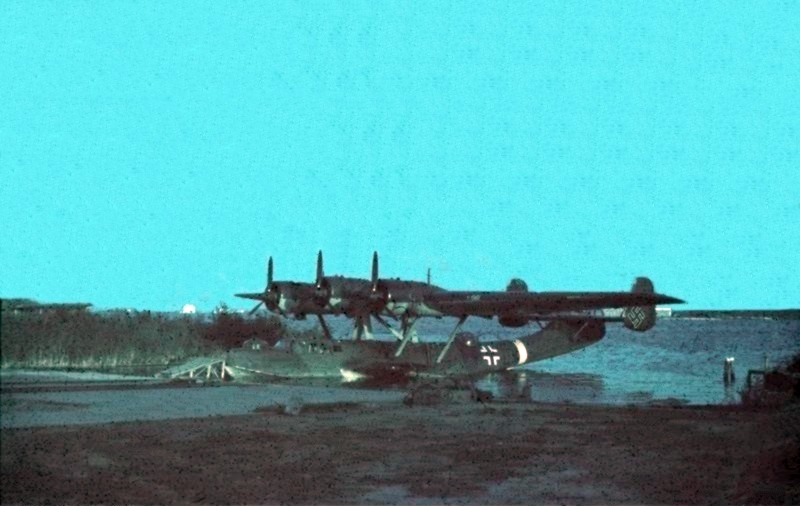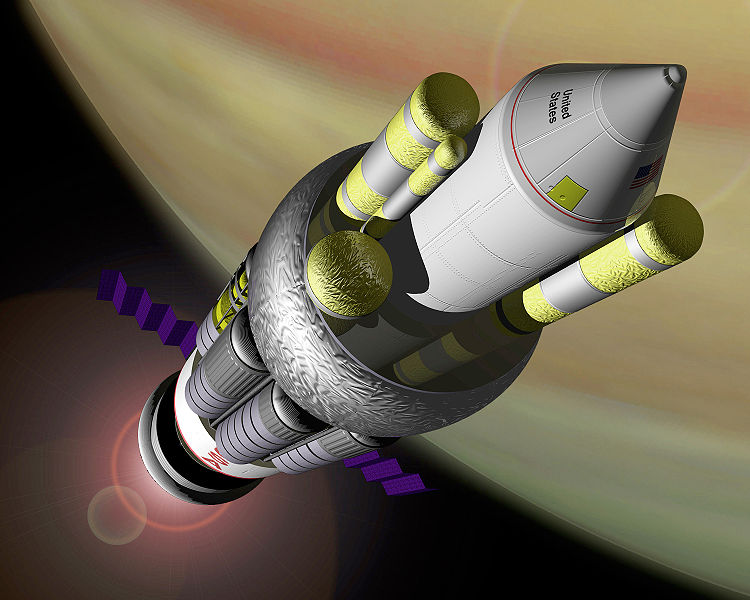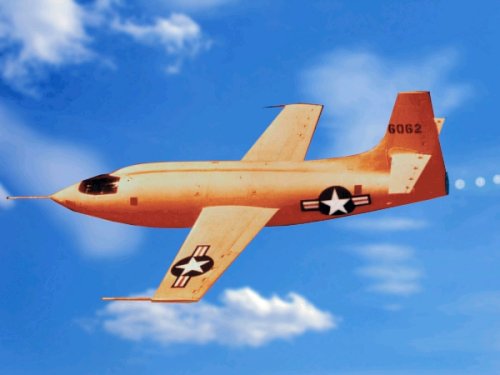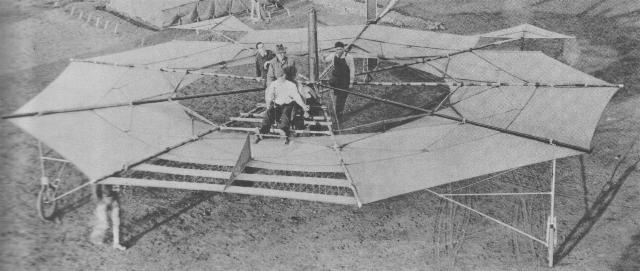I don't allow comments on this site, because I know how varied the aerospace peeps' opinions are, and there would be much debate. So, I let people do their commenting in their favorite social media. Yet, because of a mistake of mine, someone made a comment and suggested that NASA should invest in an in space ship such as the
Nautilus-X which was a research study on how to build a multipurpose spaceship that stays in-space and is used on many missions. Thanks Nydoc. Which is true, why not go that route? Let's look at some things in-space ships need to provide, and then one of my ideas for interplanetary travel.
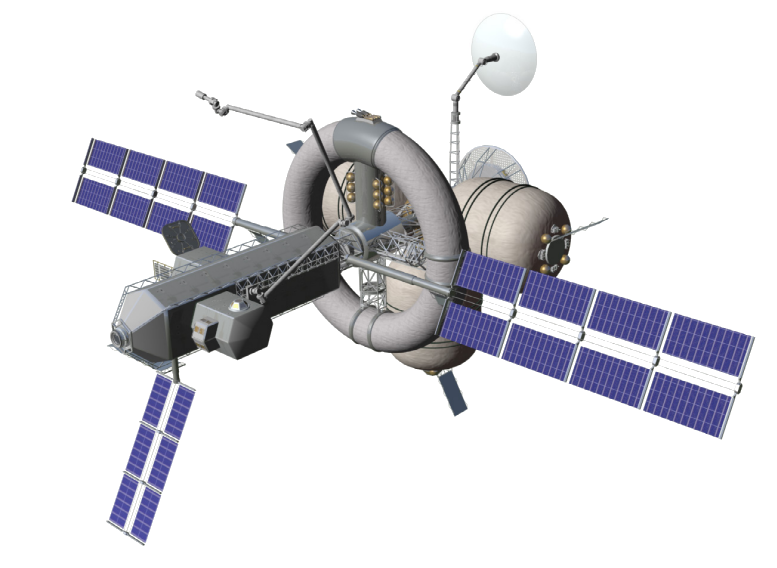 |
| Nautilus-X |
Now, when were talking about in-space ships, the image of a single favorite large space ship from one of many sci-fi stories, shows, and movies crops up. Yet, when we consider how many and varied the modern ships of the sea are, we would want to consider many of these ships. We, as humans, need some specific things from this type of spacecraft. Let's talk about these specifications in general.
An in-space ship would need to be reusable. It's going to cost a lot of money to build just one. We should be able to use it on many missions since it's not going to burn up in any atmosphere. This means we need to restock it with fuel and provisions. The
ISS is being resupplied with several cargo ships. The Russian
Progress craft brings cargo and can refuel the ISS so it can keep its obrital altitude. The European
ATV can also refuel the ISS. NASA is currently experimenting with in-space refueling with its experiment
RRM. It should be able to be cleaned. I read that at least one time in the Mir space station, one of the crew opened a panel to do some maintenance and found a large sphere of water with microbes in it. Apparently, the condensation collected in the cubby hole. A in-space ship needs to be able to be cleaned in orbit to prep for next mission. Air-liners are cleaned after every flight and replenished in a couple of hours. The crew in the ISS have routine cleaning and maintenance duties. There is a lot of aspects to reusability. Another experiment on the ISS is the Water Reclamation System. It recycles urine and turns it into potable drinking water. Such a system would be needed on our space ship along with all the ISS life support systems which include an air purifier.
It goes without saying that a space ship is supposed not only to transport crew and cargo but protect them from the environment. Extreme heat, extreme cold, lack of air pressure, and cosmic rays are just some of the things people need protecting from in space. The one we really need to research more is cosmic rays. The ISS is inside the magnetic field of the Earth and thus is more protected from cosmic rays than the space between Mars and the Earth. The Sun emits
Coronal Mass Ejections from time to time. One of these can disable the electronics on a space craft. There's a whole
wiki page on cosmic rays and the human body. It highlights the dangers of radiation in deep space. Some ideas to solve the radiation problem involve giving the ship its own magnetic field to keep radiation particles from equipment and crew. Other ideas involve heavy shielding such as metals or even water to create a 'safe room' for the crew. However we solve it, this issue must be solved for humans to venture out into other areas inside the
inner solar system. After we accoplish that, then we need to learn how to venture into the
outer solar system and even into
interstellar space. As you can figure out, that's a long long way off.
Since the space race between Russia and the United States, space craft have had a
modular construction by design. That is, major pieces are able to connect together in space whether by
docking or berthing. This has served us well in orbit and even getting to the moon. In science fiction, you rarely see such modularity design because writers want you to think of large ships and space stations as one thing rather than several things. Modular design will still serve us well in an in-space ship, in my opinion. You can take the ship and use it as a platform for different types of missions. Air planes are called platforms when they are being equipped with stuff for special roles such as hurricane probing, surveillance, or even war. The Air Force's
X-37B is a platform for who-knows-what-the-US-Air-Force-wants-with-it. Not only that, but modularity can be used to outfit a ship with new or different type of propulsion system, just in case we develop a
warp capability. If for instance we need our in-space ship, let's call it Intrepid, to take astronauts to an asteroid, it's going to need special equipment like some kind of lander. If the Intrepid is going from 4 man crew to 8 man crew, it will need more living space, so an extra habitat room module can be berthed to it. Capsules or other earth landers (space plane, perhaps) will have to dock to the Intrepid so crews can arrive and leave it. The list goes on. Modularity is quite an asset for space ships.
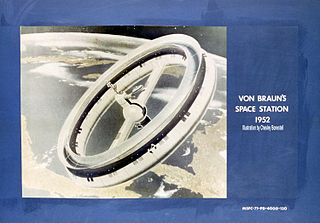
Another problem we have to solve is the bone loss that the crew will experience by living in a zero gravity environment such as our Intrepid space craft. One possible way to do this is to get rid of the zero gravity environment. That is using centrifugal force as an artificial gravity as
Von Braun imagined. Looking at pictures of the Nautilus-X you can see they included a wheel in its design. This is a rotating wheel giving the crew some artificial gravity on a part-time basis. Such a device would require bearings and perhaps gearing to make it work. I thought, why have only part of the ship rotate? Why not have the whole ship rotate, thus getting rid of some of the mechanical devices? You could design a ship to rotate during the long trips to where ever your going and not rotate when loading/unloading the ship. I would think operating like this would be more natural. You don't need a wheel either. You could design it like a pencil and have it rotate end over end, or you could design it like two tubes in
parallel attached by
trusses. So far, on the ISS the crews have been trying to slow the bone loss by exercising about two hours a day.
When it comes for our Intrepid space craft to move, it will need propulsion. Now rockets rely on chemical reactions to get the thrust they need, and they are rather short lived. Our space craft will need a longer lived propulsion system. One possibility is and
ion drive.
Deep Space 1was the first space craft to prove ion drive technology away from Earth. For the first time, a space craft had its own propulsion and could change its direction without a gravitational sling shot assist form a gravity well such as a planet.
Smart-1 made it from Earth orbit to orbiting the moon with one.
Dawn is the first ship to go to the orbits of two space bodies using ion drives (if it hasn't yet reached Ceres, it's scheduled to in 2015). Pretty amazing stuff for this technology. Another candidate for our Intrepid would be VASIMR or perhaps another
plasma based thruster technology. These are both driven by electricity, which gives it some versatility, because solar panels may or may not cut it for navigation in the inner solar system. An ship like the Intrepid would be heavy and would require a lot of energy for thrust. Luckily, it would have time in its side. That's what the ion and the plasma thrusters exploit, journey time. Over a period of time they provide a good amount of thrust, more than chemical thrusters can. Some may ask about using
solar sails for thrust. I believe they could help, but may not be good enough for sole propulsion. Some cargo sea ships use sails or power kites to help save fuel. Why not a space ship? We do need much research on that. Currently,
Ikaros is the only successful solar sailor.
A ship like our imagined Intrepid is a tantalizing prospect. Yet, years ago I thought of a different in-space ship. It was essentially a tug. What it did was to travel and take satellites, probes, cargo and/or crew to a destination and then return home. Operation remotely, such a craft would need power, communication, propulsion, and perhaps some shielding. On it's return to Earth, it could jettison a crew/cargo/sample capsule that could land on Earth. Then it could change heading to use the Earth's atmosphere as an
aerobreak for a few weeks until it's back in orbit and ready to be outfitted for the next mission. Modular design is key here. You could out fit it with everything a crew could need, or easily as well load a probe for Mars or Venus on it, or even a pod of cargo to support crews on Mars or the Moon. To me it seems a pretty straight forward operation. I can't see any reason why a commercial company couldn't make a business out of operation one or two of these tugs. It seems to me a good way to colonize the inner solar system.
So there you have what in-space ships need to do for us as well as one of my own ideas. It's not a complete list by no sense of the imagination. Much is to be put into one of these, and much is yet to be discovered. It's exciting to understand that we could do this, we could go to Moon, Mars, Asteroids, and even Venus. That's a big frontier. Ready to ride into the sunlight?


